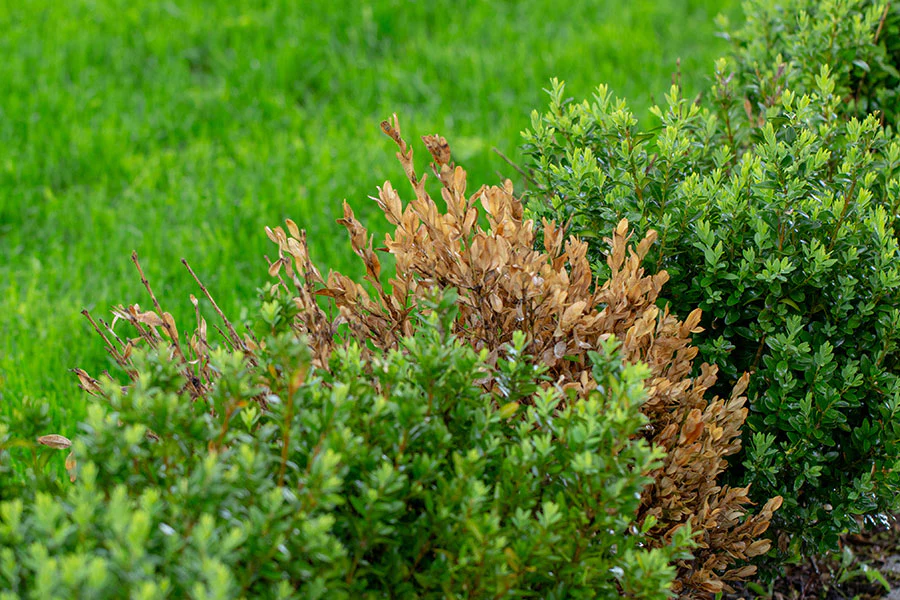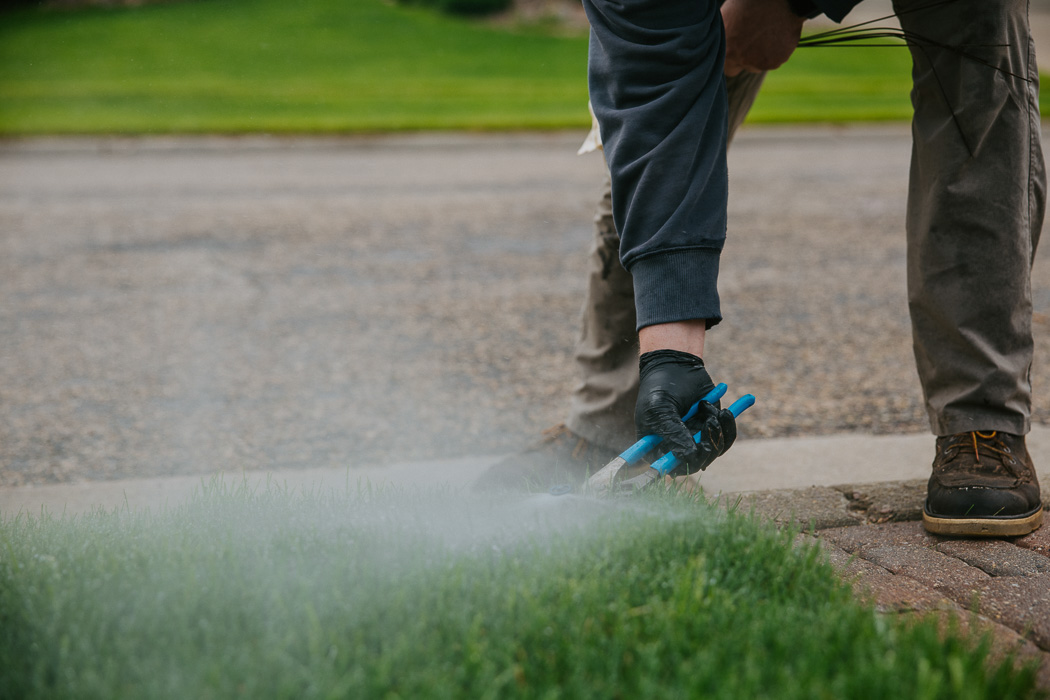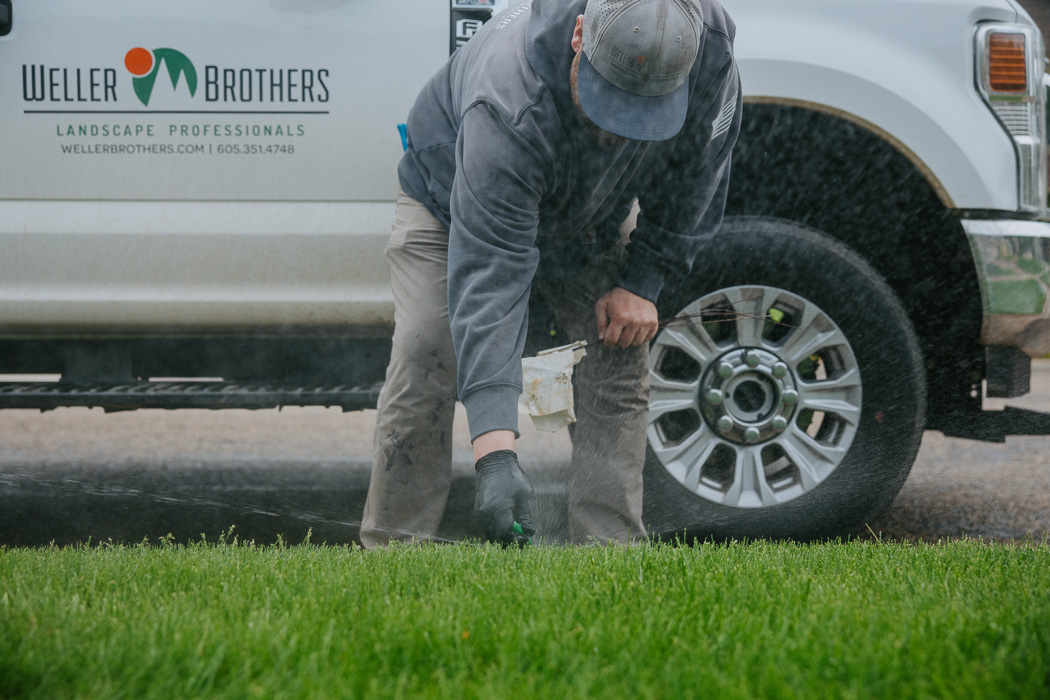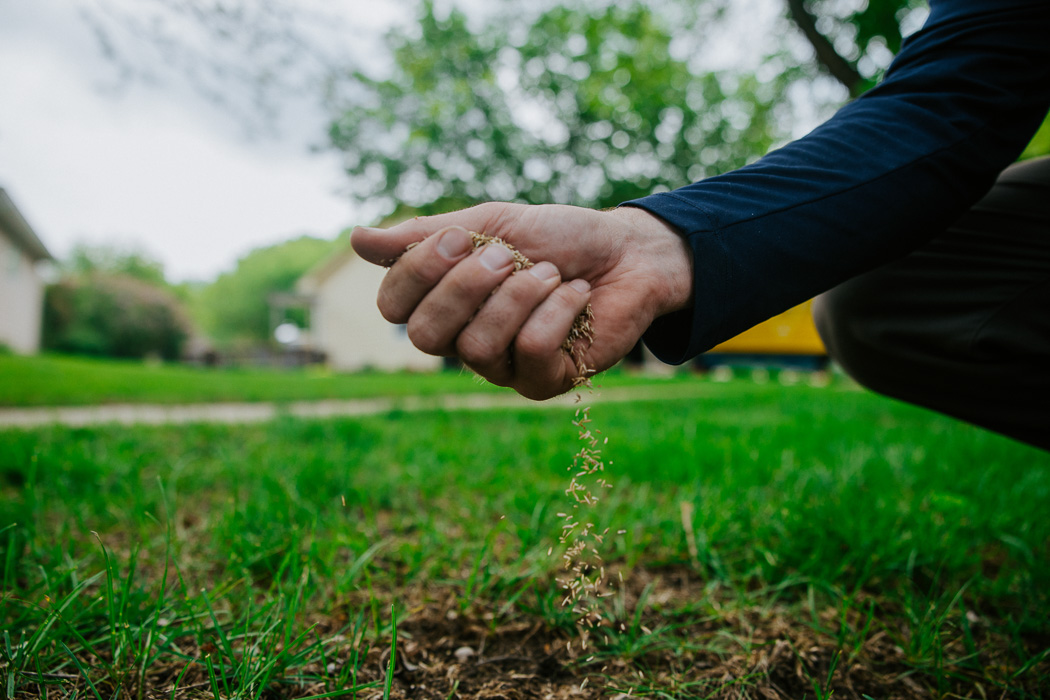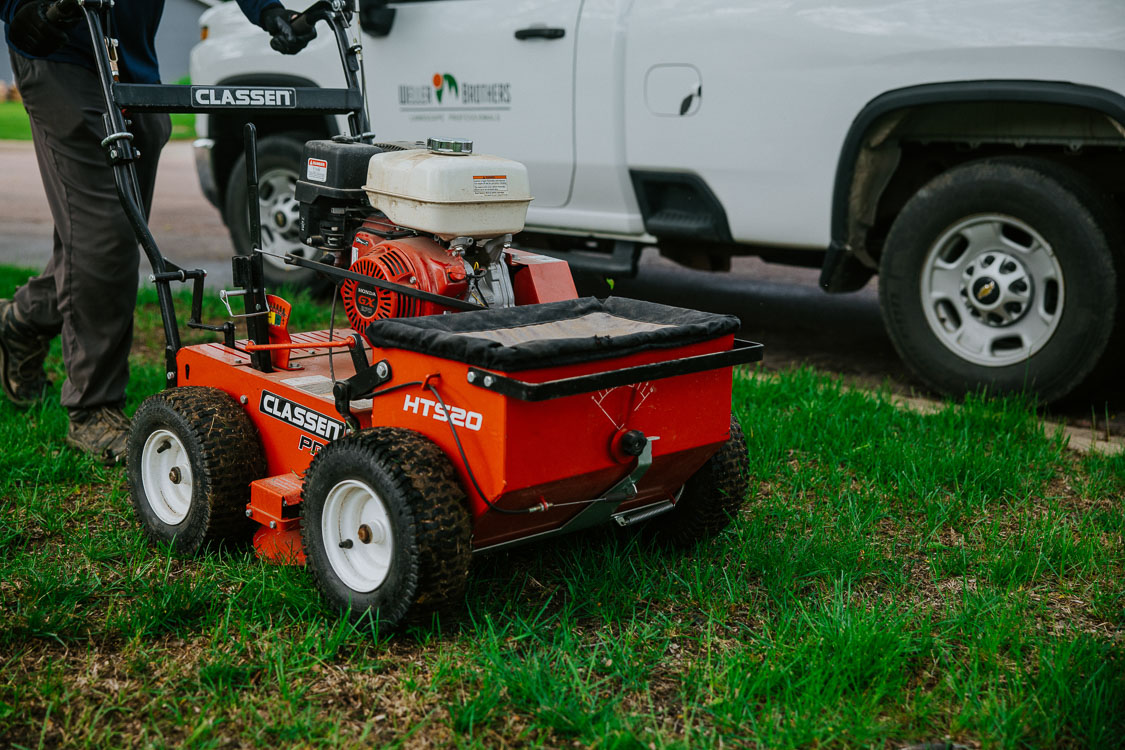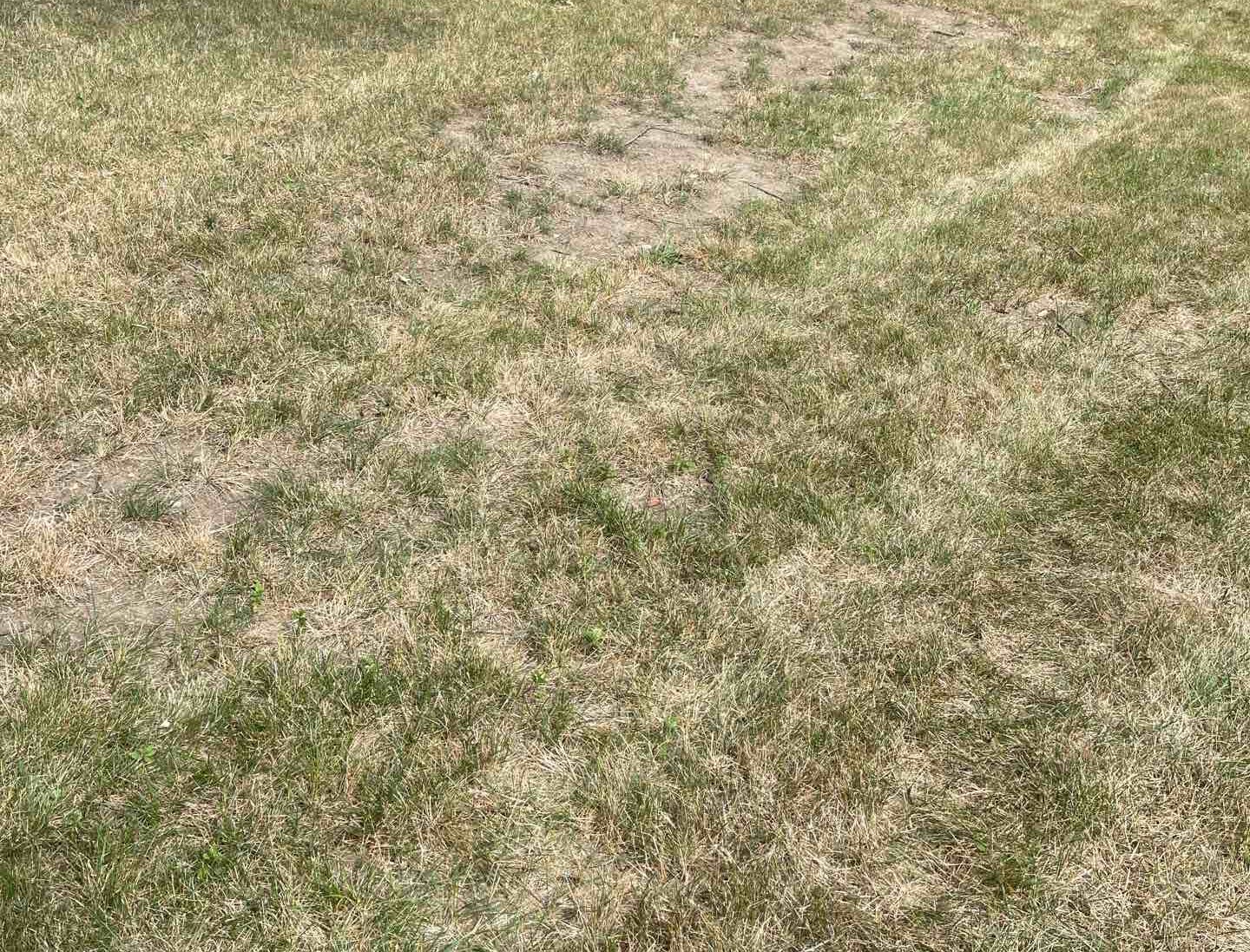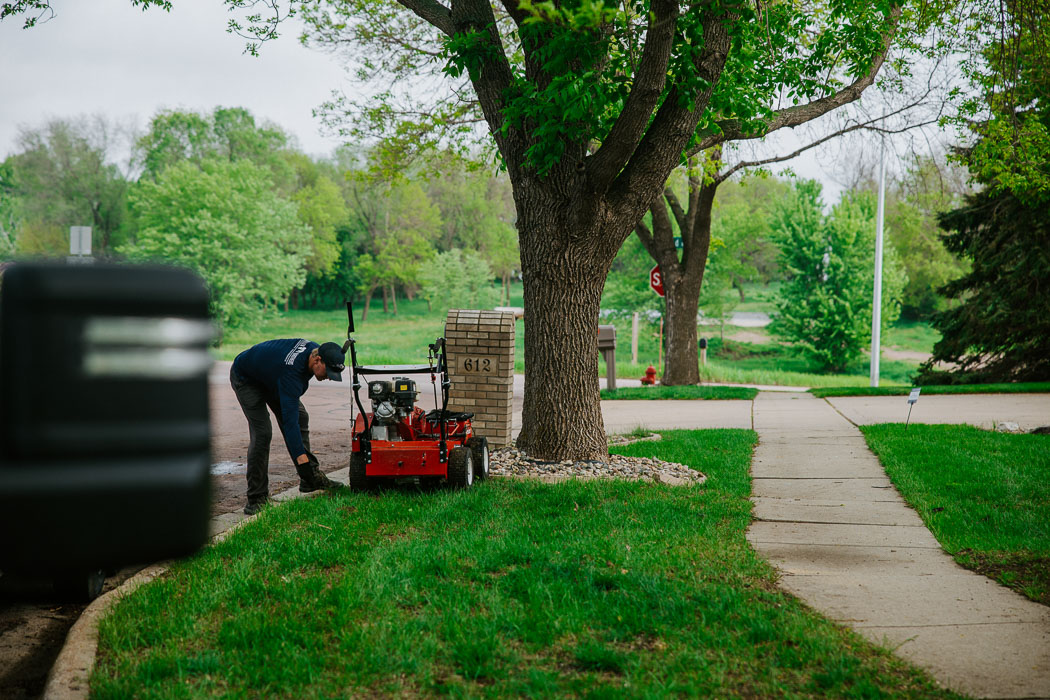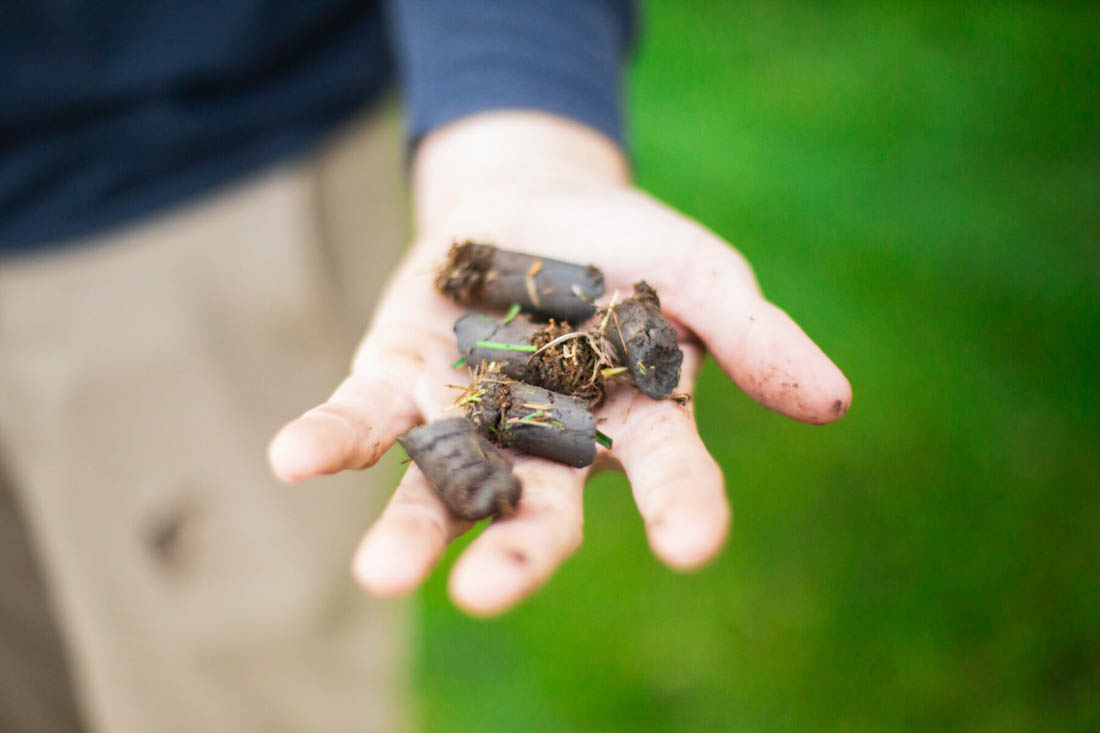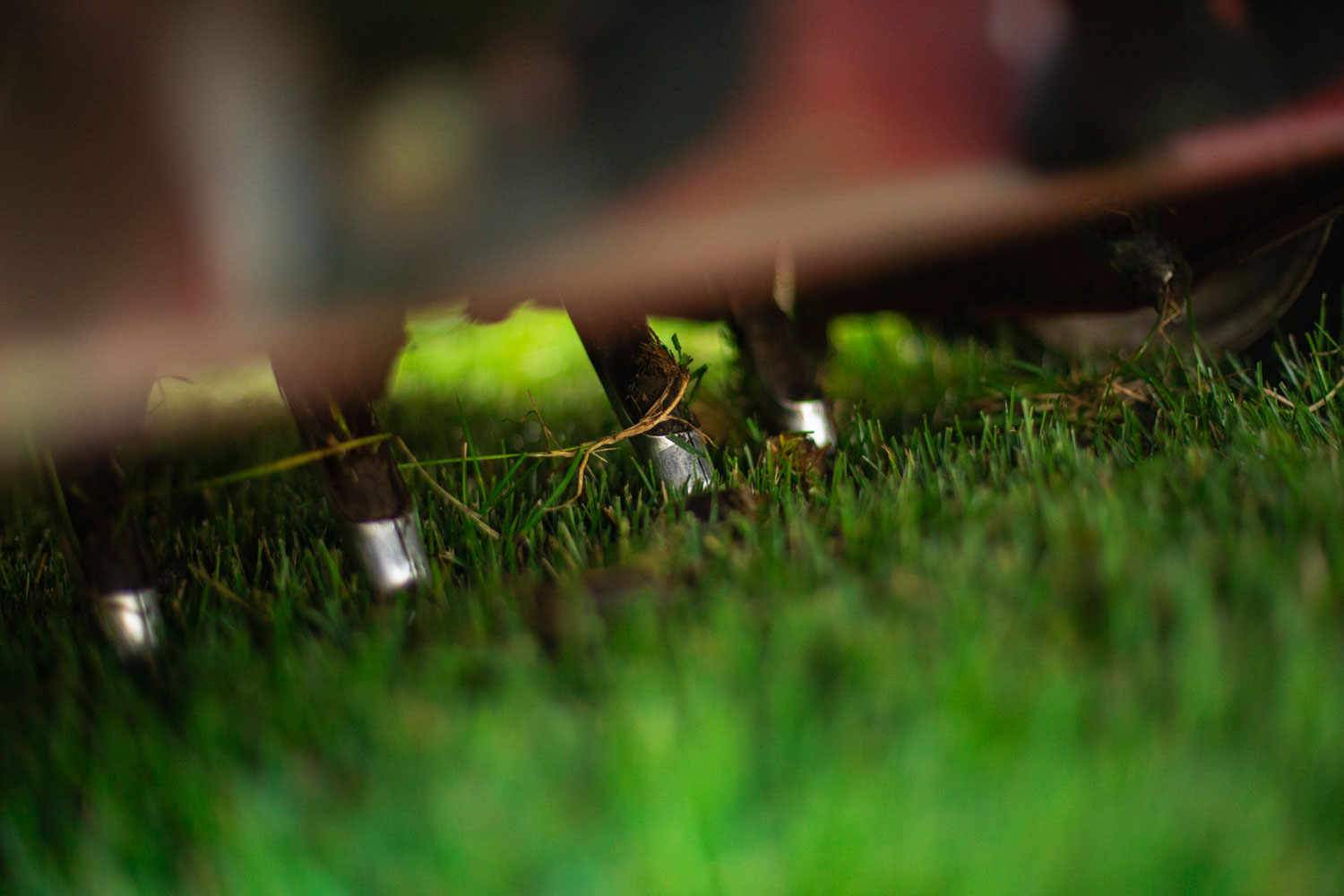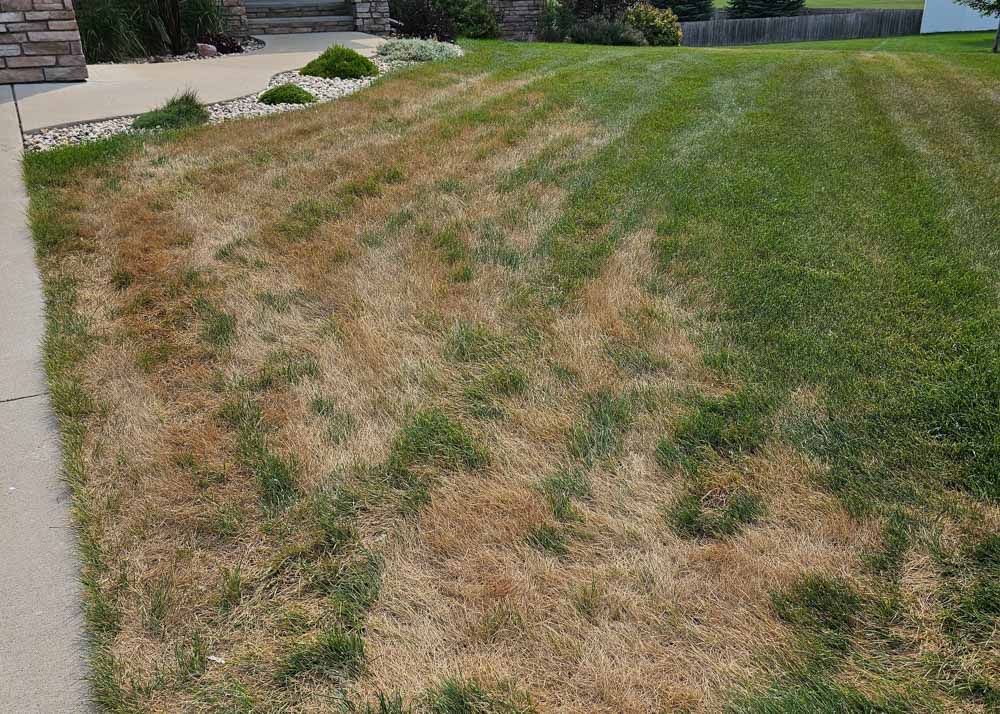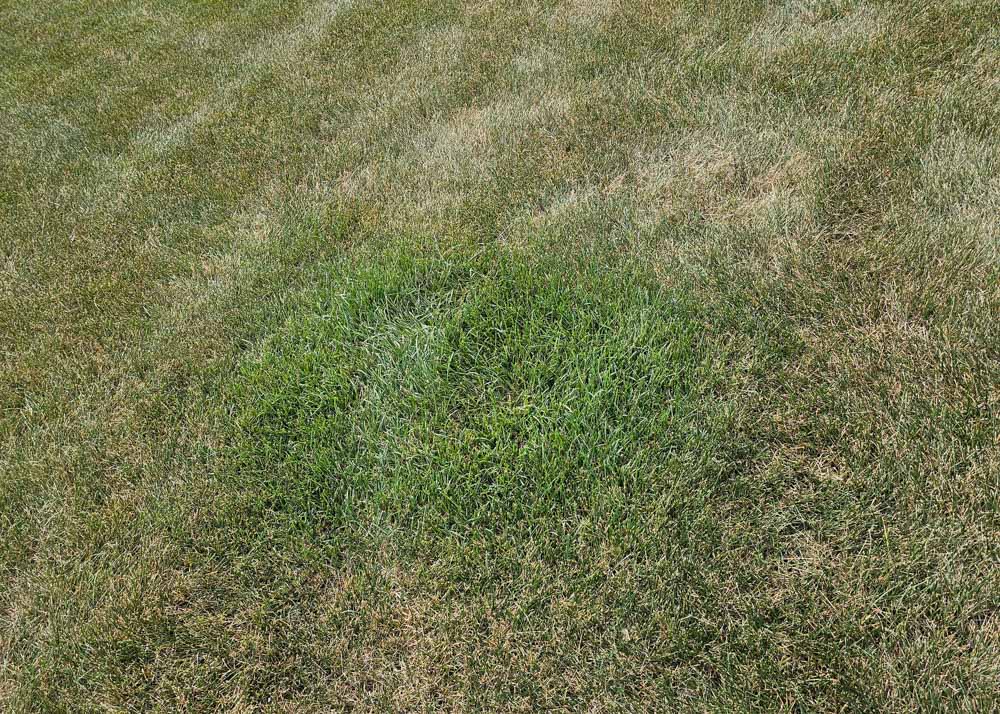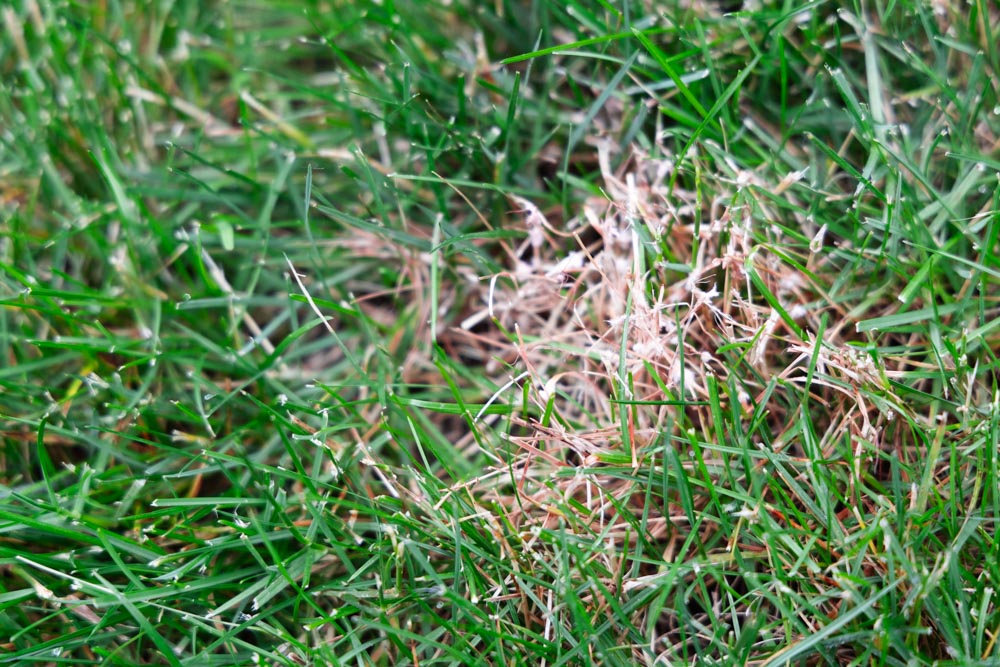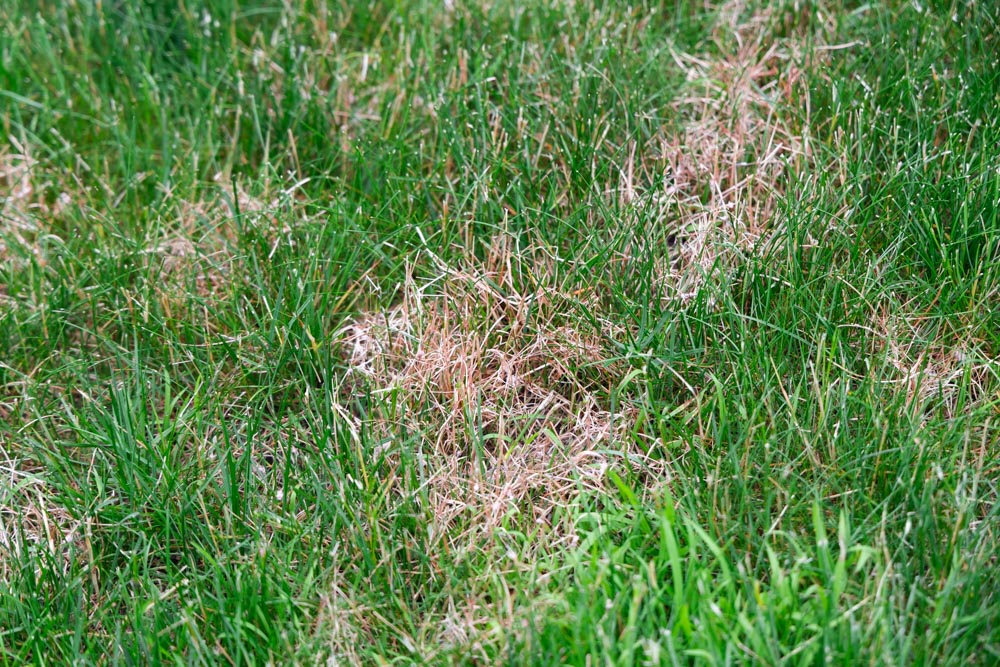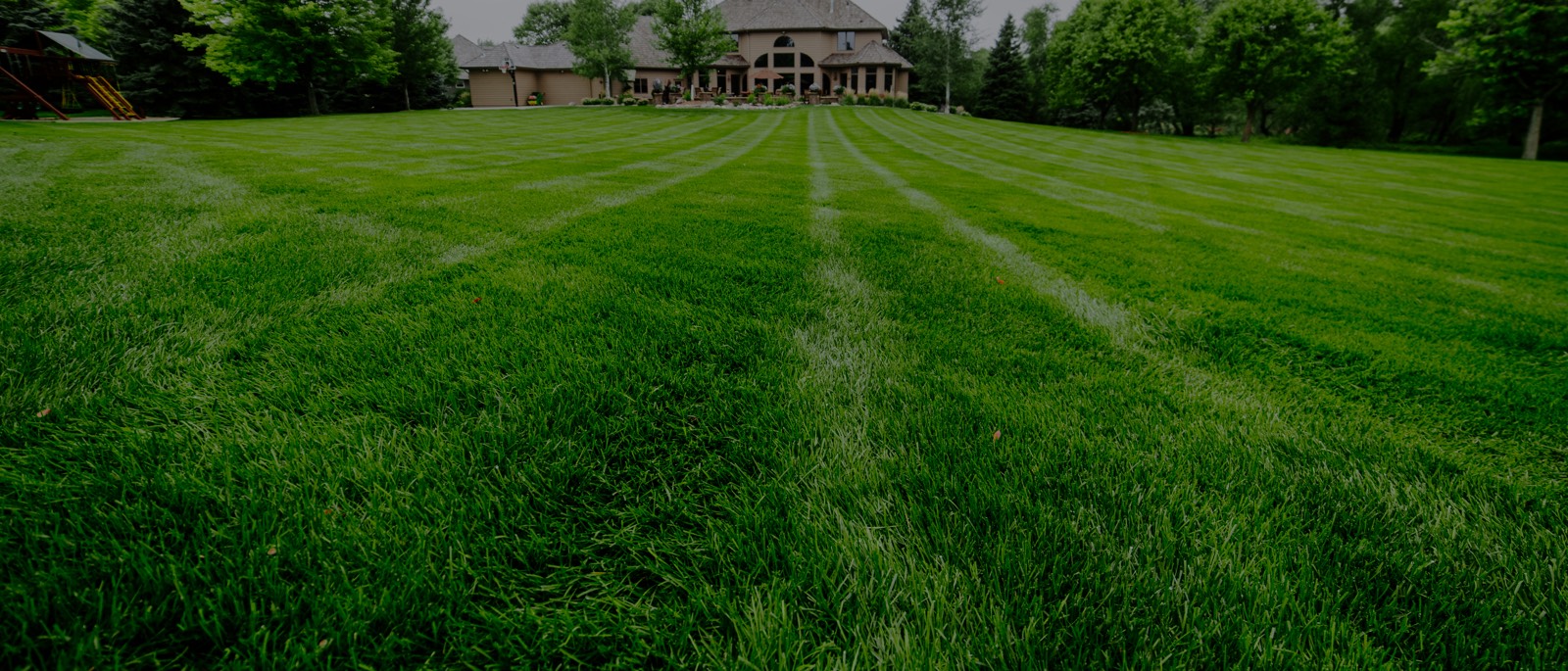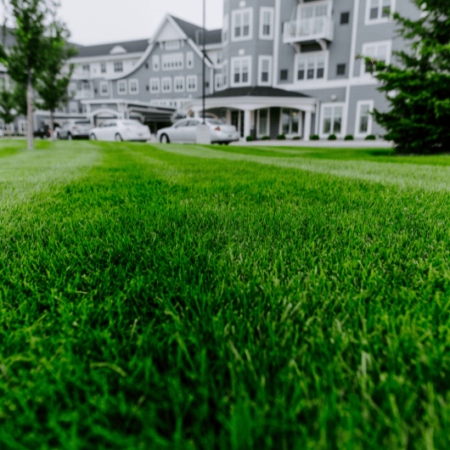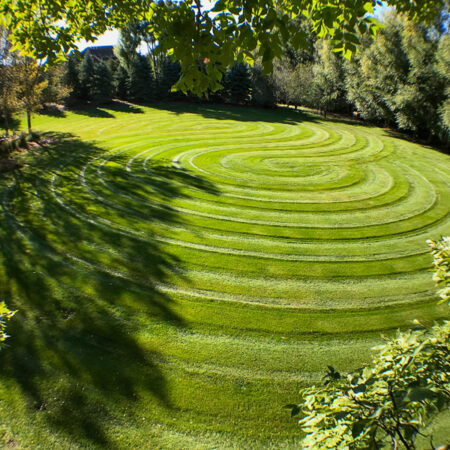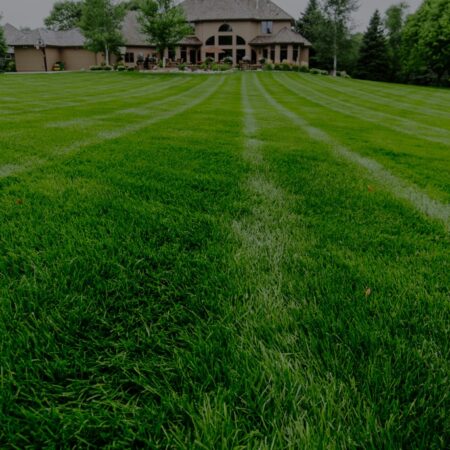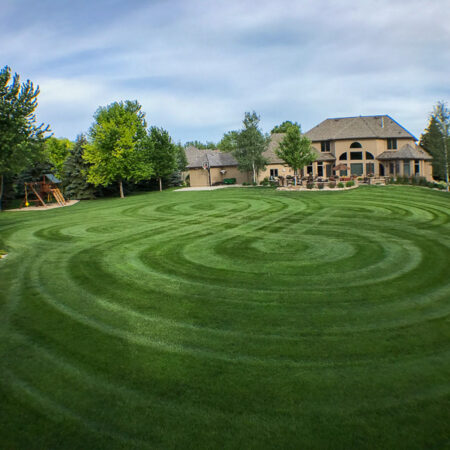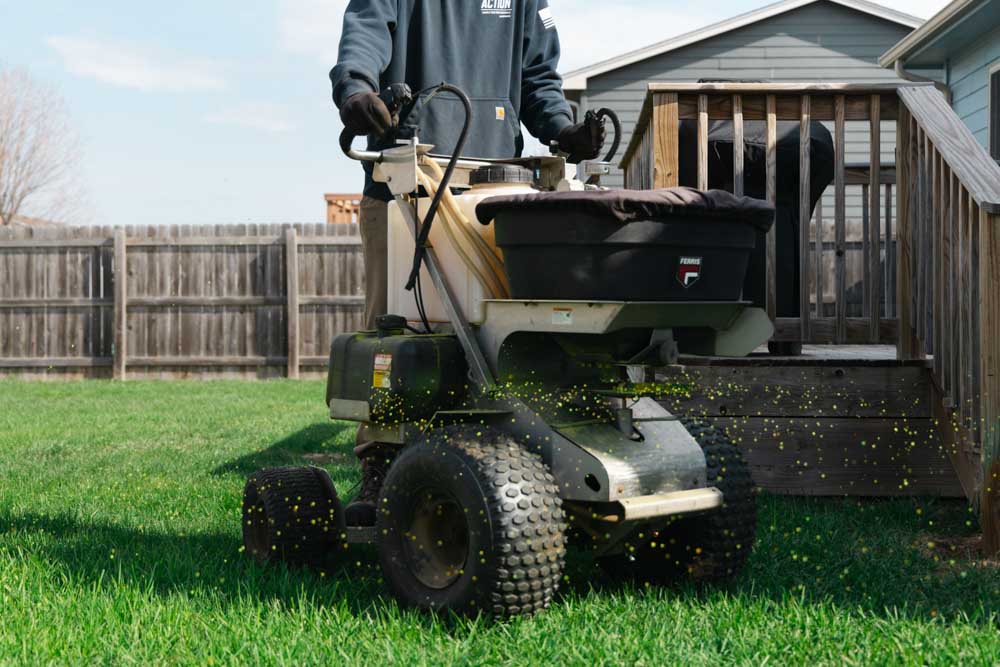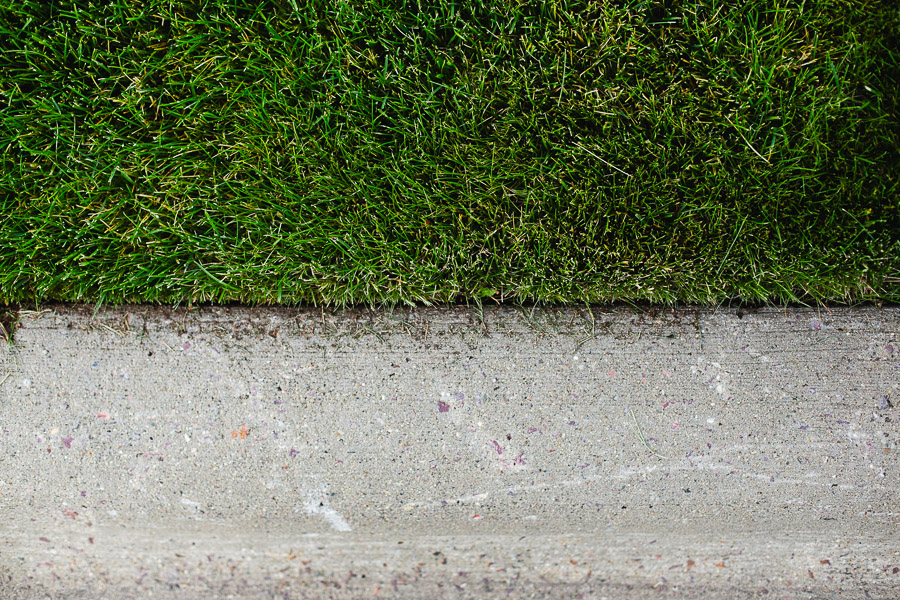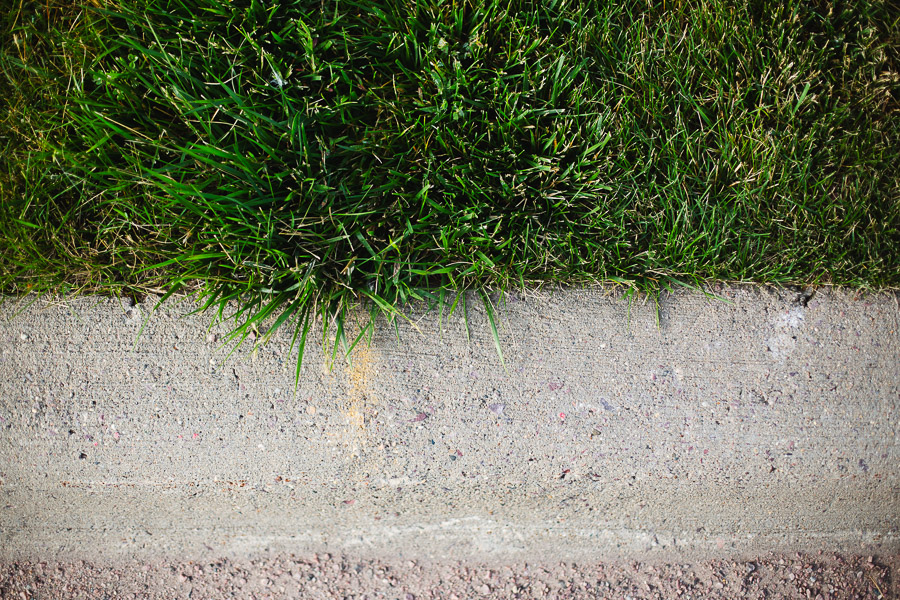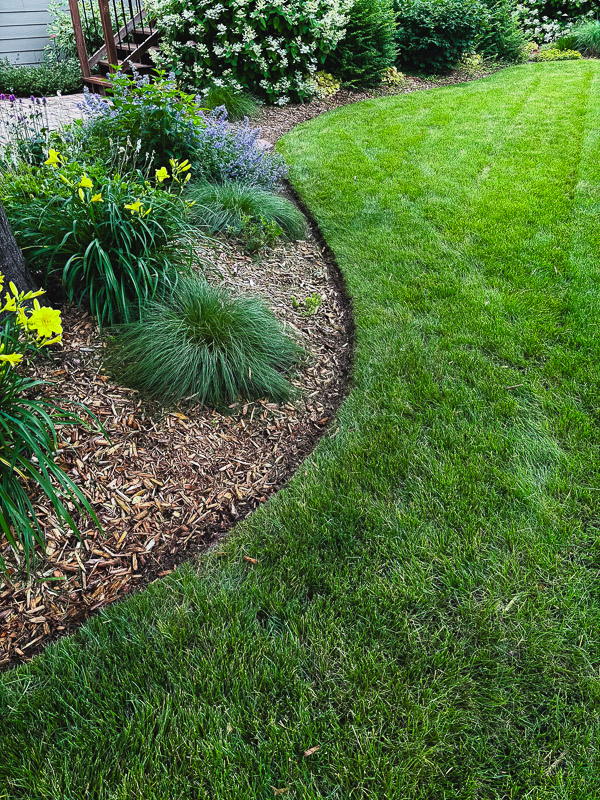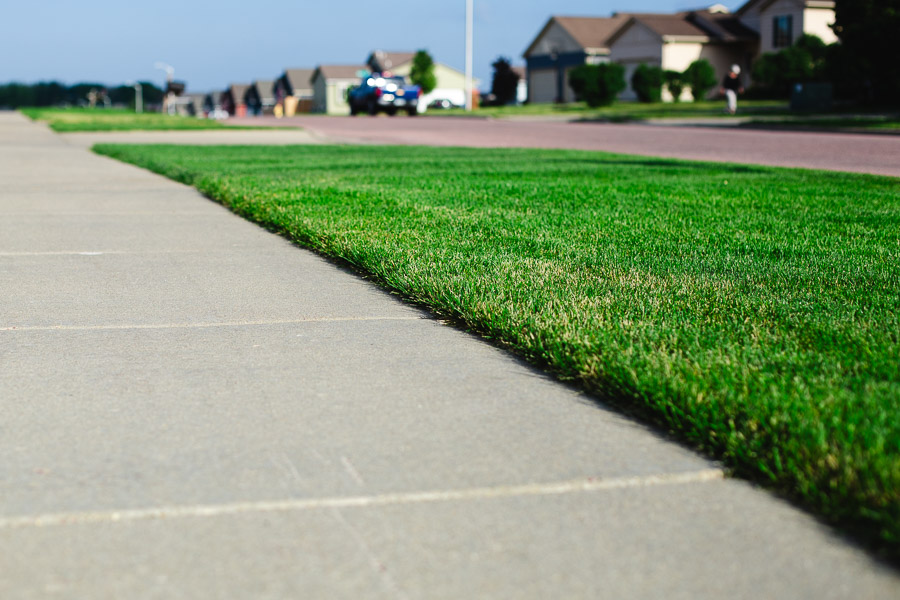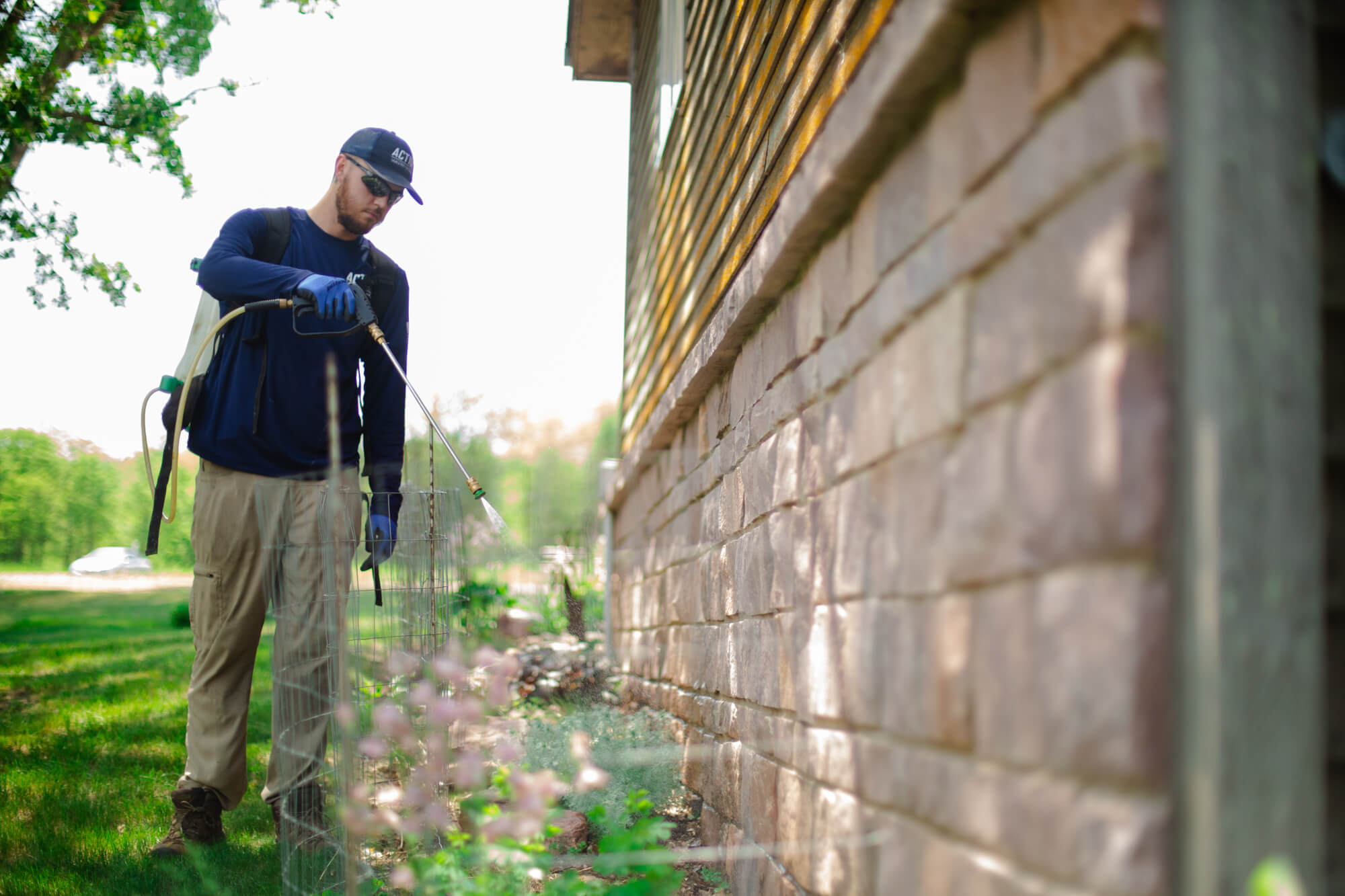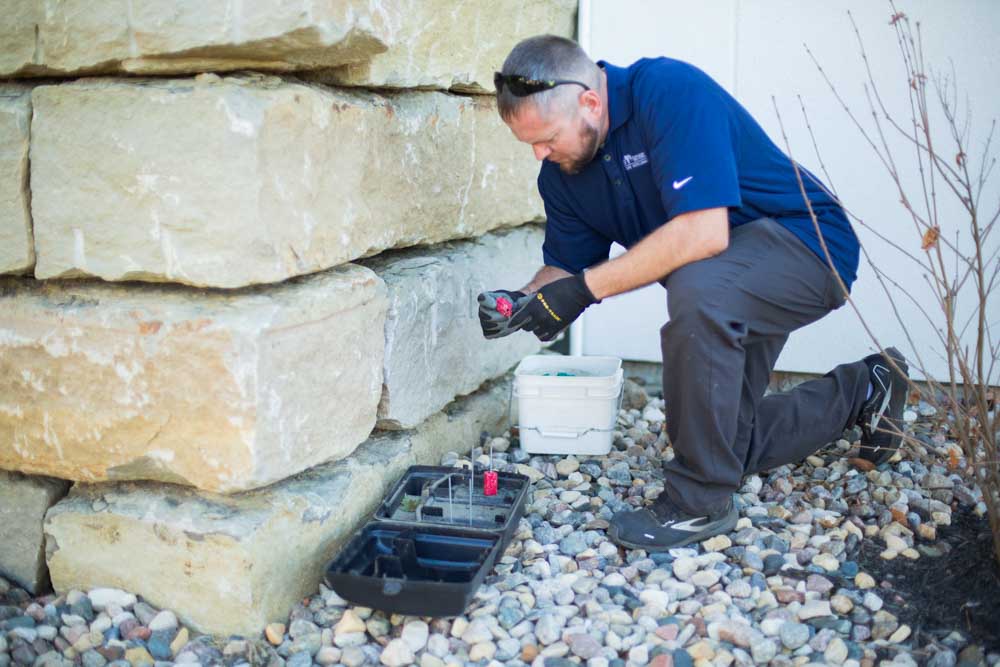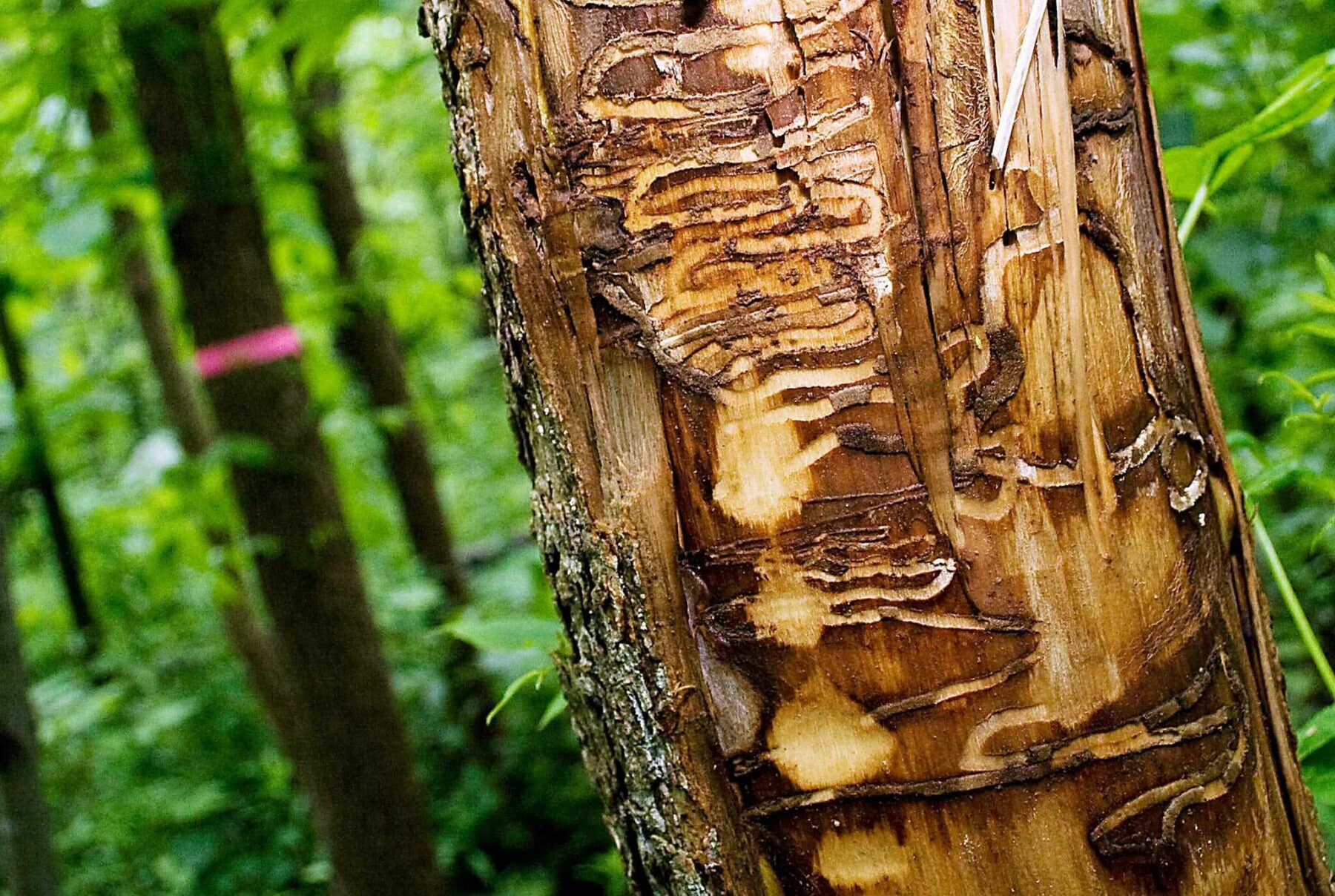Wilt-Pruf: Avoid Plant Stress In the Winter
Maintaining vibrant and healthy plants can often feel like an uphill battle. During the Midwestern winters, the ground freezes, making it tough for roots to absorb water. With this excessive moisture loss, your plants and trees are under water stress. This stress is often visible in the form of wilting.
What is Wilt-Pruf?
Wilt-Pruf is a product that enhances a plant’s resistance to wilting. It creates a protective layer on plants, sealing in moisture on foliage and stems and reducing water loss during periods of severe plant stress. This is particularly beneficial in the wintertime when plants and trees are under water stress.
Benefits of Wilt-Pruf:
- It can provide 3–4 months of protection during the fall/winter.
- Vibrant landscapes: Treated plants maintain color and vitality, creating a lush and appealing garden.
- Sustainability: Using less water and improving plant resilience contributes to more sustainable landscaping practices.
- Enhanced plant health: Healthier plants are better equipped to withstand stress, pests, and diseases.
How to Apply Wilt-Pruf to Your Plants
- Choose the right products: There are several products on the market that retain moisture by creating a protective barrier on leaves. At Weller Brothers, we use and trust Wilt-Pruf.
- Timing is key: In the Midwest, the best time to apply Wilt-Pruf is in the late fall when there is no new growth; typically mid-to-late November.
- Check the weather: Apply on a clear day when no precipitation is expected for at least 24 hours and temperatures are above freezing.
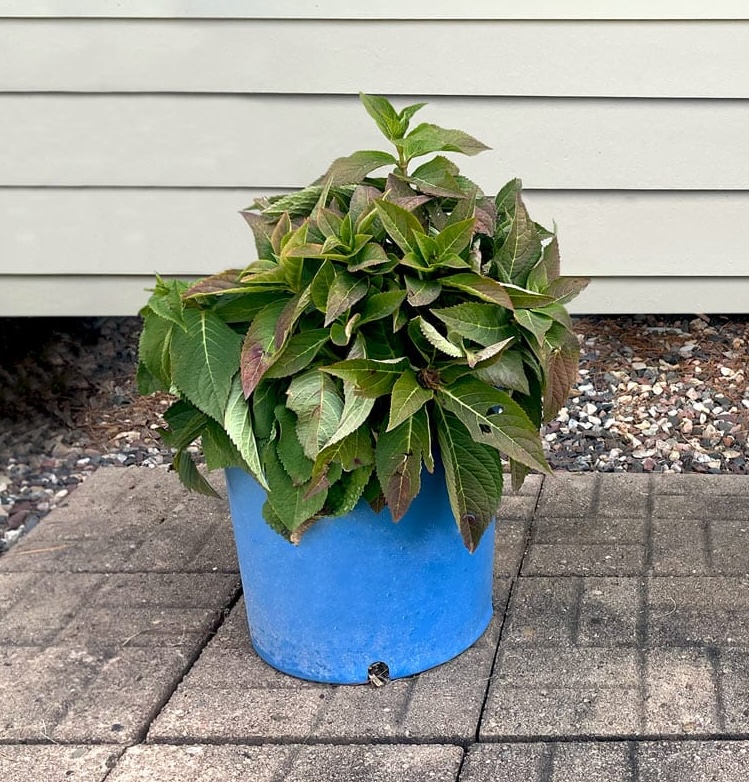
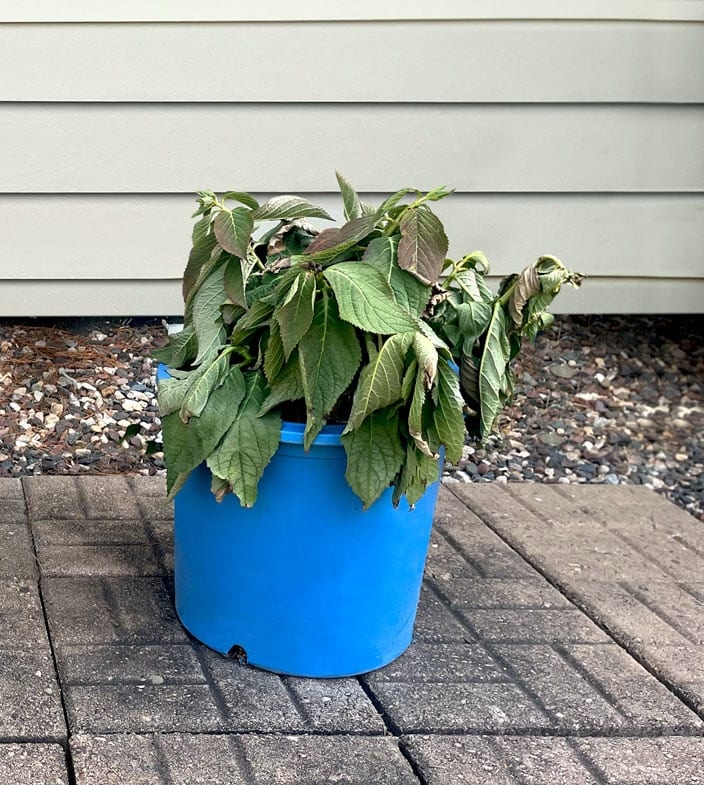

Photos courtesy of Wilt Pruf
Lasting Beauty for Your Holiday Greens
Outdoor chill and indoor heating threaten the holiday greens like wreaths, garlands, and swags. Wilt-Pruf acts as a hydration hug, blanketing these decorations to slow down the drying process. Your holiday greens will uphold their freshness longer, keeping the spirit of the season alive well into the new year.
Let’s Keep Your Plants Vibrant and Healthy in Sioux Falls, Rochester, or Des Moines
As you look forward to a cozy season, make sure your landscaping does too. Let us help you make winter a time of rest, not stress, for your cherished greens.
The lawn care professionals at Weller Brothers in Sioux Falls, SD, Des Moines, IA, and Rochester, MN, are ready to Wilt-Pruf your foilage today!

